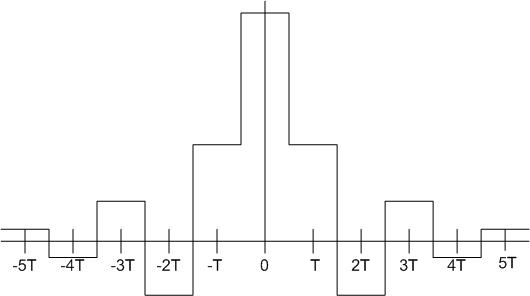CDPlayerJEW: Difference between revisions
Jump to navigation
Jump to search
No edit summary |
|||
| Line 2: | Line 2: | ||
A CD player reads a dicrete set of data off a CD. In short, a CD player takes this data and sends it through a digitla to analog converter, then through a low pass filter, and finally is output through speakers. A simple diagram illustrates this below. | A CD player reads a dicrete set of data off a CD. In short, a CD player takes this data and sends it through a digitla to analog converter, then through a low pass filter, and finally is output through speakers. A simple diagram illustrates this below. | ||
[ | <center> | ||
[[Image:DAOutput.jpg|Description]] | |||
</center> | |||
When an audio CD is recorded, the music has an infinite amount of data points and can be represented as a continuous function of time <math> x(t) </math>. Because a medium, such as a CD, has a finite amount of space, it will not be able to hold <math> x(t) </math> since it has an infinite number of points. Instead, the music is sampled at intervals to create a discrete function of time <math> x(nT) </math> where <math> n </math> is an integer and <math> T </math> is the period. | When an audio CD is recorded, the music has an infinite amount of data points and can be represented as a continuous function of time <math> x(t) </math>. Because a medium, such as a CD, has a finite amount of space, it will not be able to hold <math> x(t) </math> since it has an infinite number of points. Instead, the music is sampled at intervals to create a discrete function of time <math> x(nT) </math> where <math> n </math> is an integer and <math> T </math> is the period. | ||
Revision as of 18:02, 17 November 2005
How a CD Player Works
A CD player reads a dicrete set of data off a CD. In short, a CD player takes this data and sends it through a digitla to analog converter, then through a low pass filter, and finally is output through speakers. A simple diagram illustrates this below.
When an audio CD is recorded, the music has an infinite amount of data points and can be represented as a continuous function of time . Because a medium, such as a CD, has a finite amount of space, it will not be able to hold since it has an infinite number of points. Instead, the music is sampled at intervals to create a discrete function of time where is an integer and is the period.
Principle author of this page: Jeffrey Wonoprabowo
